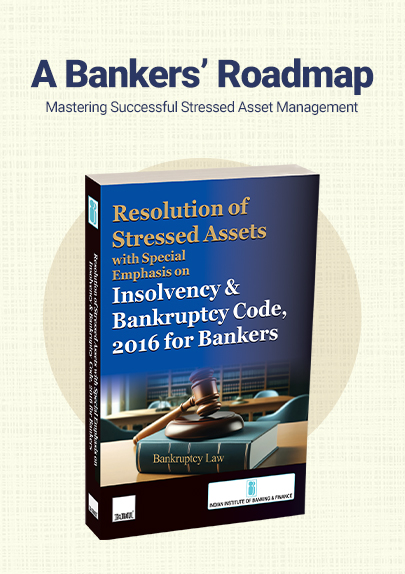NCLAT Set Aside AA’s Dissolution Order as No Assets Existed for Liquidation
- Blog|News|Insolvency and Bankruptcy Code|
- 2 Min Read
- By Taxmann
- |
- Last Updated on 26 December, 2024
Case Details: Janak Jagjivan Shah Resolution Professional Rainbow Infrabuild (P.) Ltd. v. Committee of Creditors - [2024] 169 taxmann.com 463 (NCLAT-New Delhi)
Judiciary and Counsel Details
- Ashok Bhushan, Chairperson, Barun Mitra & Arun Baroka, Technical Member
-
Dheeraj Garg, Adv. for the Appellant.
-
Pratik Thakkar, Adv. for the Respondent.
Facts of the Case
In the instant case, the NCLT initiated the CIRP against the corporate debtor, and the appellant was appointed as RP. RP made the public announcement, and the financial creditor of the corporate debtor submitted one claim, which RP admitted.
The RP constituted the CoC, which consisted of the financial creditors as 100% members. The RP invited an Expression of Interest, but no EoI was received. The CoC resolved not to initiate the liquidation process and decided to file an application for dissolution of the corporate debtor.
RP filed an interim application, which the Adjudicating Authority rejected vide the impugned order, holding that the application under section 54 of the IBC for the dissolution of the corporate debtor could be filed only when the corporate debtor’s assets were liquidated.
RP was directed to carry out the transaction audit. Thereafter, RP filed an instant appeal against the impugned order.
It was noted that the CIRP was unsuccessful, and no liquidation order was passed, recourse to section 54 could not have been taken by RP. Further, since the CoC, which is the sole financial creditor who initiated the CIRP against the corporate debtor, was not ready to proceed any further, the CIRP period had already come to an end, no further steps were required in the CIRP of the corporate debtor. RP could have closed the matter by intimating the Registrar of Companies to strike off the name of the company from the Register of Companies.
NCLAT Held
The NCLAT held that there was no cash or cash balance except for a meagre amount of Rs.1,451/- and no other assets were found; CIRP came to an end, and direction by the Adjudicating Authority for transaction audit was unsustainable. Therefore, the impugned order was to be set aside.
List of Cases Reviewed
- Janak Jagjivan Shah RP of Rainbow Infrabuild (P.) Ltd., In re [2024] 168 taxmann.com 711 (NCLT – Ahd.) (Para 21), set aside.
Disclaimer: The content/information published on the website is only for general information of the user and shall not be construed as legal advice. While the Taxmann has exercised reasonable efforts to ensure the veracity of information/content published, Taxmann shall be under no liability in any manner whatsoever for incorrect information, if any.

Taxmann Publications has a dedicated in-house Research & Editorial Team. This team consists of a team of Chartered Accountants, Company Secretaries, and Lawyers. This team works under the guidance and supervision of editor-in-chief Mr Rakesh Bhargava.
The Research and Editorial Team is responsible for developing reliable and accurate content for the readers. The team follows the six-sigma approach to achieve the benchmark of zero error in its publications and research platforms. The team ensures that the following publication guidelines are thoroughly followed while developing the content:
- The statutory material is obtained only from the authorized and reliable sources
- All the latest developments in the judicial and legislative fields are covered
- Prepare the analytical write-ups on current, controversial, and important issues to help the readers to understand the concept and its implications
- Every content published by Taxmann is complete, accurate and lucid
- All evidence-based statements are supported with proper reference to Section, Circular No., Notification No. or citations
- The golden rules of grammar, style and consistency are thoroughly followed
- Font and size that’s easy to read and remain consistent across all imprint and digital publications are applied






 CA | CS | CMA
CA | CS | CMA


